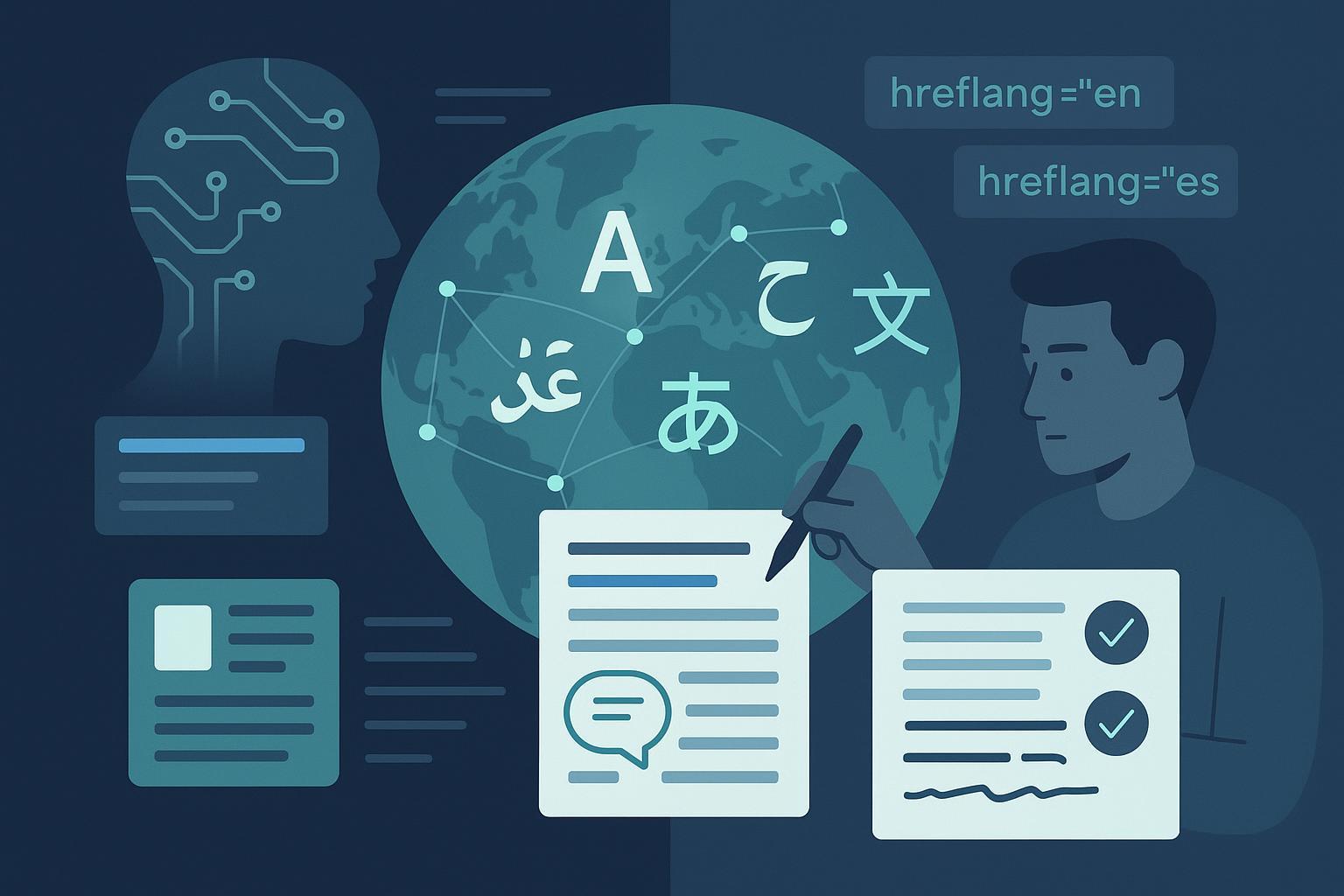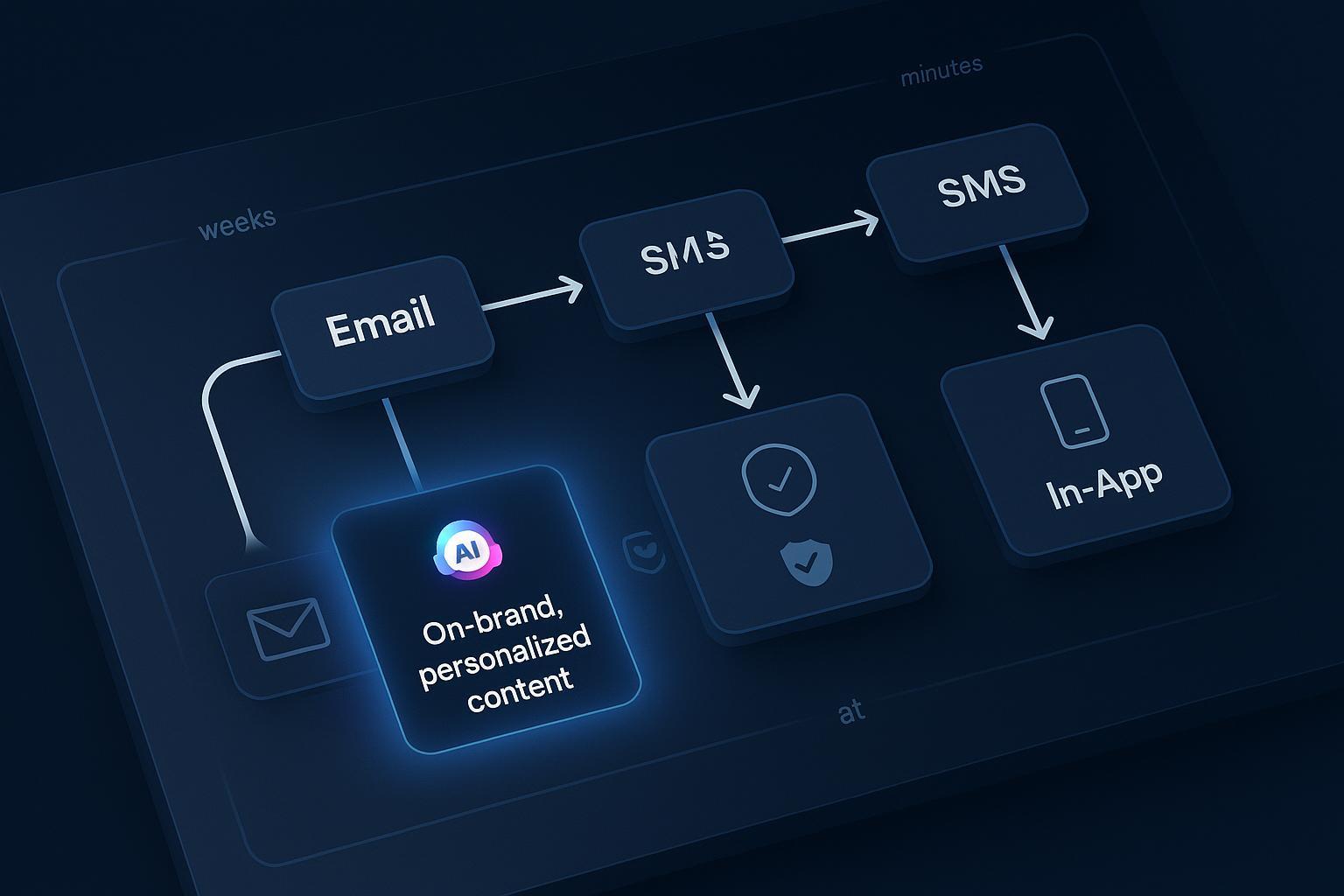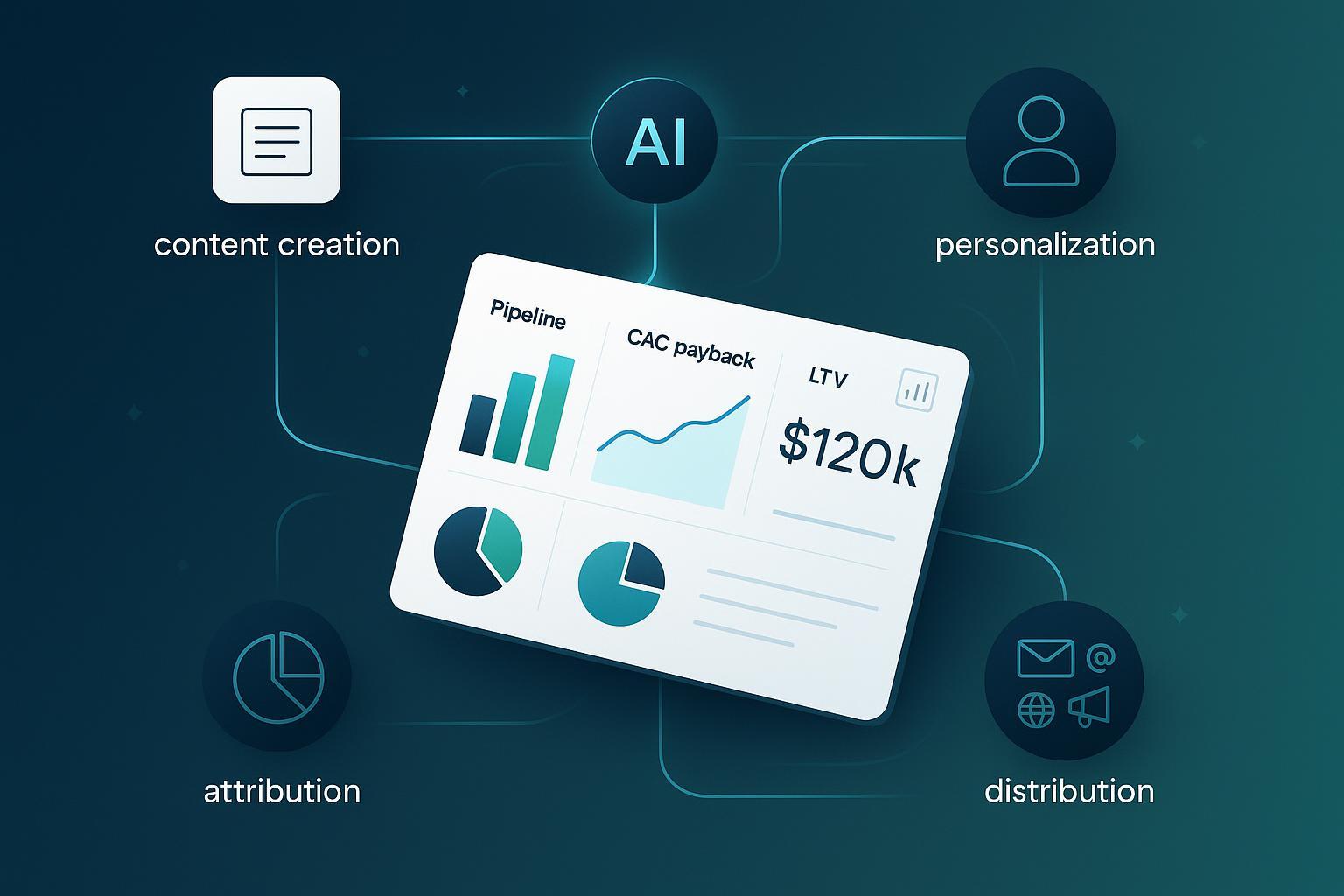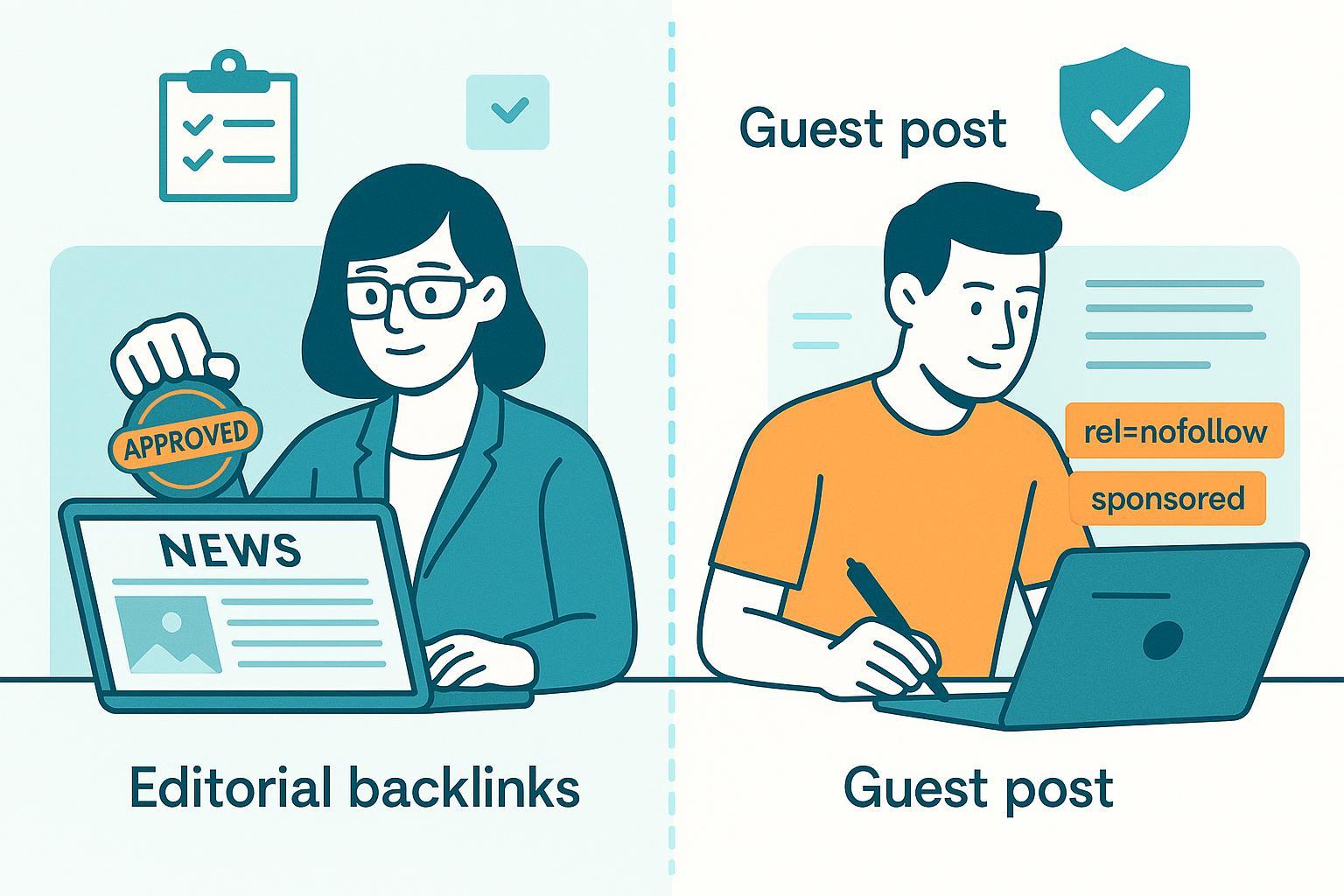What is Paid Media? Definition, Types & Modern Examples Explained
Paid Media explained: discover its definition, core channels, comparison to owned & earned media, and real campaign uses in digital marketing.

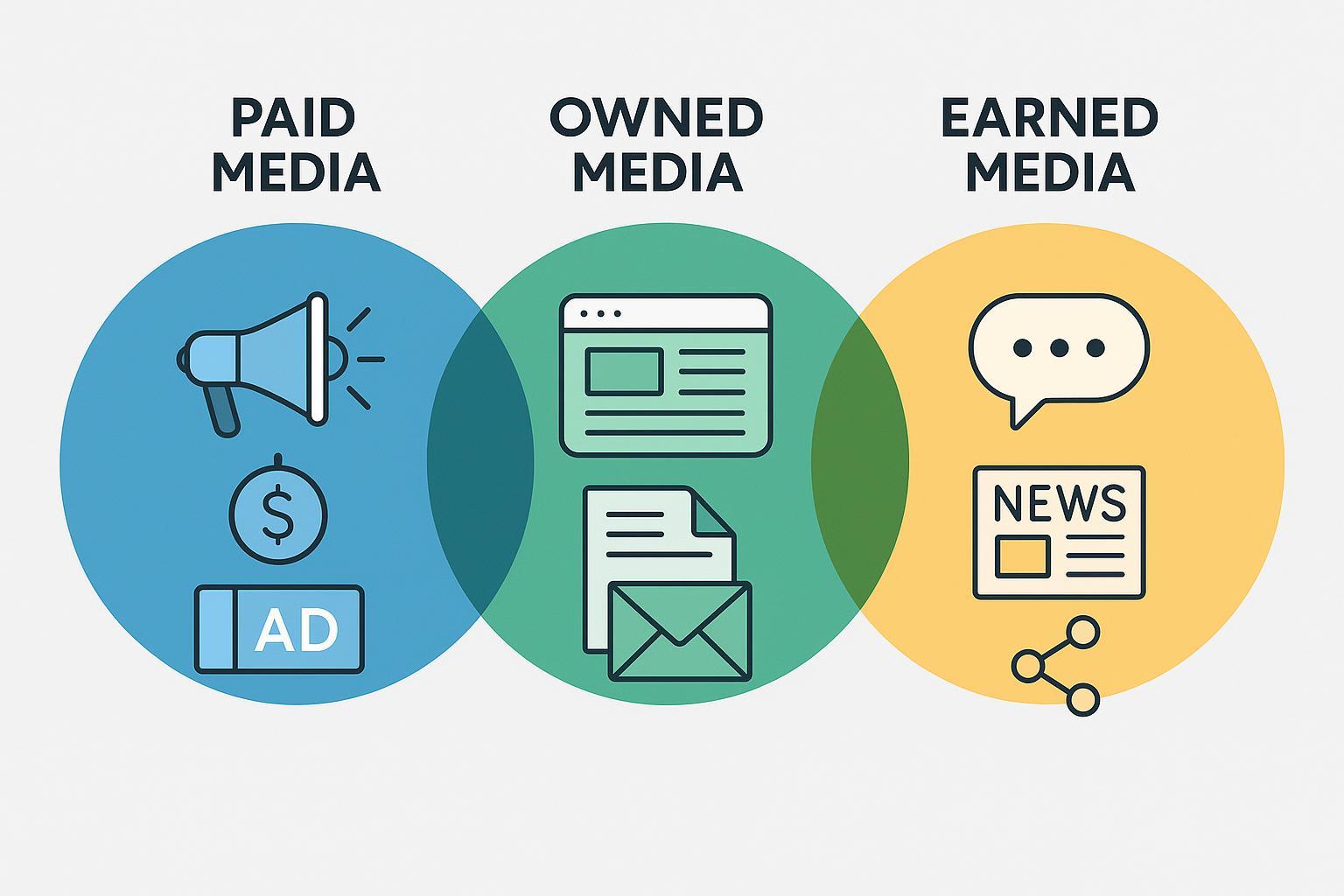
One-Sentence Definition
Paid Media is any marketing channel or placement where brands pay to deliver promotional content to audiences they don’t directly control, spanning digital ads, sponsored content, and offline advertising.
Detailed Explanation
Paid media encompasses all forms of advertising in which a business pays a third-party platform—such as search engines, social media networks, websites, or streaming services—to display messages to highly targeted audiences. According to industry authorities like Single Grain and the IAB, this includes everything from Google Ads and Facebook sponsored posts to banner ads, programmatic display, influencer partnerships, and traditional TV or print ads. Paid media is foundational to digital marketing, offering precise audience targeting, scalable reach, and real-time performance data. Its landscape is rapidly evolving, with programmatic buying, AI-driven optimization, and influencer marketing reshaping modern strategies.
Key Components & Mechanisms
- Channels & Formats: Search engine ads (Google Ads), display/banner ads, paid social media (e.g., Meta, LinkedIn, TikTok), video (YouTube, CTV/OTT), retail media, influencer collaborations, native advertising, and traditional TV/radio/print.
- Mechanisms: Auctions and real-time bidding (RTB), direct sponsorships, affiliate marketing, and programmatic buying via demand- and supply-side platforms (DSPs, SSPs).
- Features: Advanced targeting (demographics, interests, intent), dynamic creative, cross-device tracking, real-time analytics, retargeting, and privacy-compliant data practices.
Paid, Owned, and Earned Media: A Comparison
| Aspect | Paid Media | Owned Media | Earned Media |
|---|---|---|---|
| Control | High (you specify content & targeting) | Full (you control channel) | Low (influenced by public/press) |
| Cost | High (ongoing spend per impression/click) | Low (setup/maintenance) | None (no direct spend) |
| Speed | Immediate reach | Gradual | Unpredictable |
| Credibility | Lower (perceived as advertising) | Medium (direct brand voice) | High (third-party validation) |
| Channels | Search, social, display, video, print, etc. | Website, blog, emails | Press, shares, reviews, mentions |
| Best Use | Quick awareness, scaling, precise targeting | Brand building, nurturing | Influencing opinion, viral growth |
For a deeper dive, see: Owned Media, Earned Media.
Real-World Example: A Modern Paid Media Campaign
Imagine a SaaS company launching a new product:
- Search & SEM: Runs Google Ads when customers search relevant keywords.
- Social & Influencer: Simultaneously launches LinkedIn and Facebook paid campaigns and partners with industry micro-influencers for sponsored content.
- Programmatic Display: Uses AI-driven programmatic platforms to place banner and video ads on targeted technology sites.
- CTV/OTT Video: Deploys short video ads on streaming platforms to raise awareness among niche business audiences.
- Retargeting: Remarket to engaged visitors across web and social for conversion. Each paid channel is tracked and optimized with cross-channel attribution, aligning with owned content (blog, product page) and amplifying earned media (press coverage, influencer shares).
Related Concepts & Further Reading
- Earned Media
- Owned Media
- PPC (Pay-per-click)
- SEM (Search Engine Marketing)
- Programmatic Advertising
- Influencer Marketing
Final Thoughts
Paid media is essential for brands aiming to scale quickly, target specific audiences, and measure impact clearly. Integrated with owned and earned tactics, it forms the cornerstone of effective omnichannel marketing strategies in today’s digital landscape. For the latest industry benchmarks and strategic advancements, consult IAB’s annual ad revenue report.


